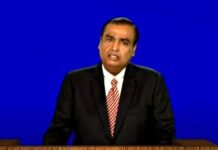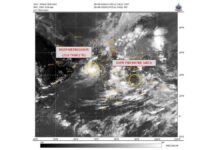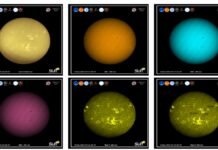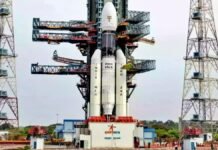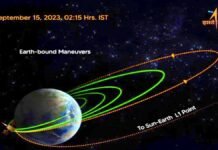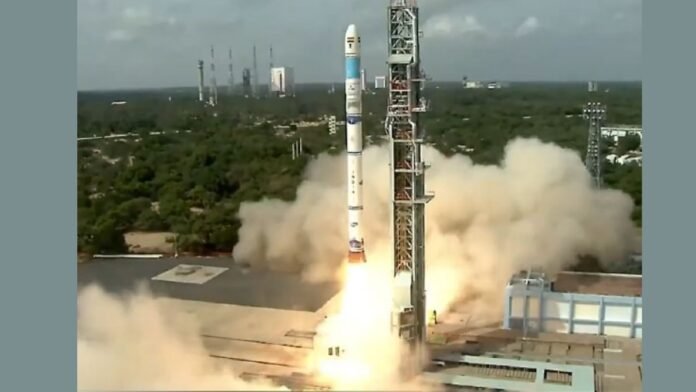
New Delhi: The Indian Space Research Organization (ISRO) achieved a significant milestone today by successfully launching the Earth Observation Satellite-8 (EOS-08) from the Satish Dhawan Space Center in Sriharikota. This cutting-edge satellite, carried into orbit by the Small Satellite Launch Vehicle (SSLV)-D3, promises to revolutionize our understanding of Earth’s environment and enhance disaster monitoring capabilities.
Key Details:
- Launch Date: Originally scheduled for August 15, the launch was rescheduled to August 16. ISRO did not provide a specific reason for the delay, but social media updates kept the public informed.
- Mission Objective: EOS-08 aims to advance microsatellite technology. Its primary goals include designing and developing a micro-satellite, creating payload instruments compatible with the micro-satellite bus, and incorporating new technologies for future operational satellites.
- SSLV-D3 Developmental Flight: Today’s launch marks the third and final developmental flight of the SSLV-D3. Previous missions faced challenges, but the second developmental flight in February 2023 was a success.
- Satellite Specifications:
- Weight: EOS-08 weighs 175.5 kg.
- Power Output: It generates approximately 420 watts of energy.
- Payloads:
- Electro-Optical Infrared Payload (EOIR): Designed for satellite-based surveillance, EOIR captures high-resolution images critical for security and environmental monitoring.
- Global Navigation Satellite System-Reflectometry Payload (GNSS-R): This payload enhances navigation and provides valuable data for scientific research.
- CIC UV Dosimeter: A specialized instrument for measuring ultraviolet (UV) radiation, essential for understanding Earth’s atmospheric conditions.
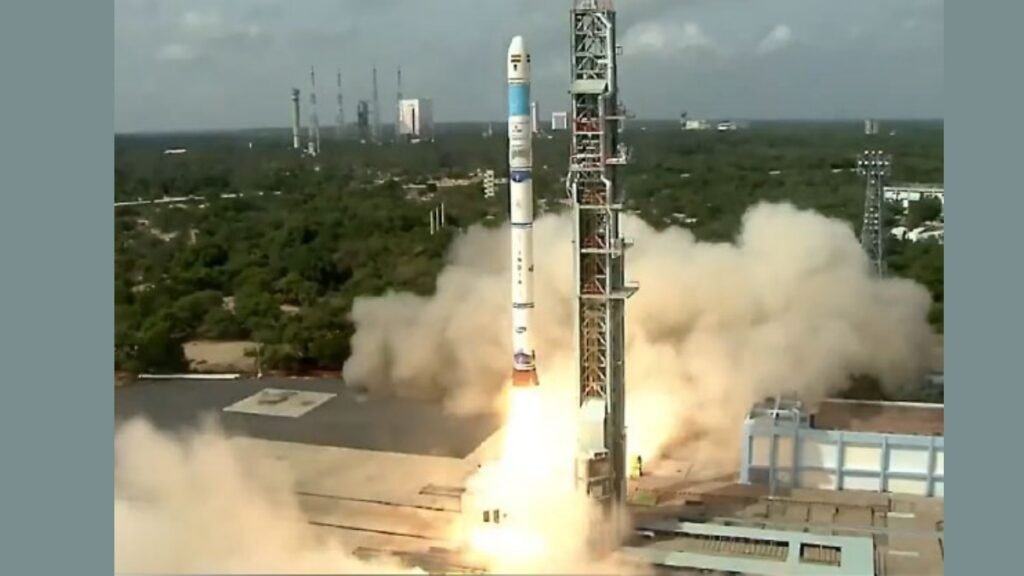
EOS-08’s successful launch underscores ISRO’s commitment to advancing space technology. With its one-year mission life, the satellite will contribute significantly to disaster management, environmental protection, and scientific research.
Advertisement











